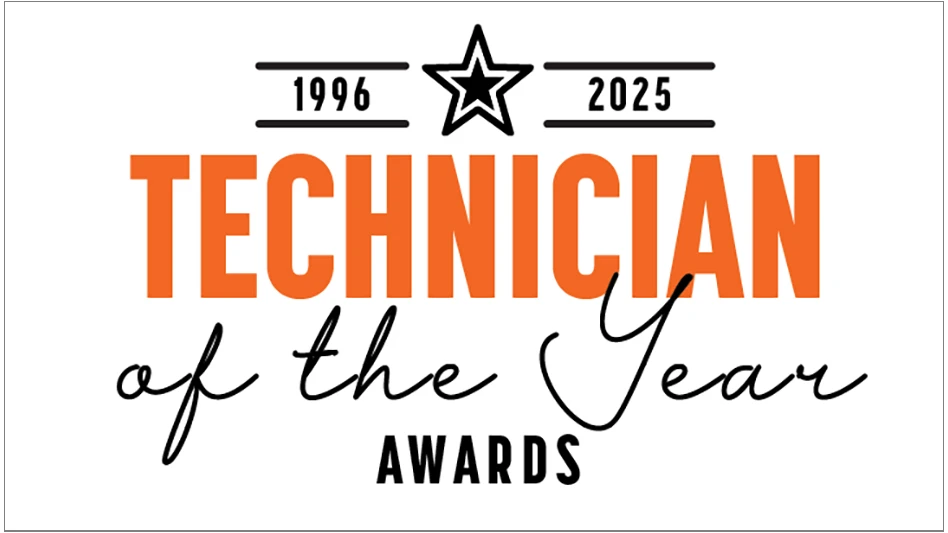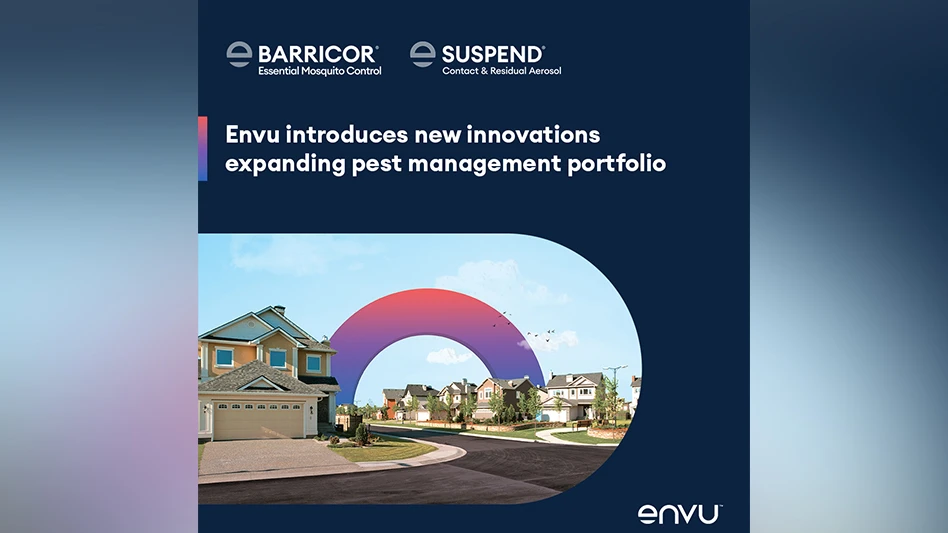
The Association of Structural Pest Control Regulatory Officials (ASPCRO) is a professional association comprised of pesticide regulatory officials focused on the regulation of the structural pest control industry. Its membership includes regulatory officials from across the United States, tribes and territories. ASPCRO’s primary goal is to protect the health and welfare of the citizens of each state through the fair and effective regulation of the pest control industry. This important goal is realized through partnerships with local, state and federal agencies, registrants and pesticide manufacturers, and pest management professionals, which together, are vital in the control of pests of public health and economic significance.
ASPCRO works collaboratively with the U.S. Environmental Protection Agency (EPA) and other federal agencies, state and local regulatory authorities, and professional associations including the Association of American Pesticide Control Officials (AAPCO), American Association of Pesticide Safety Educators (AAPSE), the National Pest Management Association (NPMA) and others to achieve its primary goal.
The 2019 ASPCRO Annual Conference was held in Franklin, Tenn., Aug. 26-30. The event provided a forum for input and discussions on a number of current issues impacting pesticide regulation and the structural pest management industry. Attendees were offered sessions that discussed technical issues, including polyurethane spray foam insulation; rodenticide topics specific to wildlife impacts, zoonotic pathogens that can potentially impact public health and the potential registration of a new rodenticide; management-related topics such as the need for IPM in safeguarding the food supply chain; stewardship and misuse; newly begun work focusing on the internet sales of pesticides; developing a clearinghouse of information on structural remediation; and many other topics critical to the pest management industry.

The meeting was attended by a broad range of stakeholders interested in the regulation of the structural pest control industry that included local, state and federal officials charged with the regulation of pesticide use within their respective jurisdictions; members of the regulated industry; pesticide safety educators from cooperative extension; researchers; registrants; and other private enterprises interested in the subject of pest management and proper pesticide usage.
SPRAY FOAM INSULATION. The sessions related to polyurethane spray foam insulation (PSFI) were among the most heavily attended during the week-long meeting. PSFI is used in new and renovated structures to enhance energy efficiency primarily in attics, basements and crawlspaces. However, its use has resulted in two confounding problems for pest management professionals. First, PSFI installed in crawlspaces has resulted in obscuring the ability of PMPs to identify subterranean termite activity, unless there is an appropriate gap between the ground and the PSFI — a key factor in the identification of potential infestations. This is of concern for pesticide regulatory officials because it has resulted in the cancellation of some termite contracts by pest management companies.
ASPCRO’s Building Code Committee conducted a short survey to ascertain the extent of the problem in its member states. Five of the 22 states responding to the survey reported complaints related to the use of PSFI. Of those five states, only one enforcement action was taken involving an inaccessible area on a wood-destroying inspection report. Other findings included four states that referenced building codes in pesticide regulations and three states having either building codes or pesticide regulations that require inspection gaps. The results of the survey are published on ASPCRO’s website (www.aspcro.org).
The second problem related to PSFI is in regards to attics of structures installed with this type of insulation. Here, structures that have installed PSFI in attics are a primary concern for fumigators because extended aeration times were required to clear sulfuryl fluoride (SF) from a fumigated structure. Initially, delayed aeration of structures fumigated with SF was thought to be a problem with the adsorption properties of closed-cell foam. However, testing performed by manufacturer Douglas Products indicated that extended fumigation times resulted because PSFI creates conditions where ventilation is hampered due to a tighter seal in attic structures. Interestingly, use of an active aeration procedure, such as the California Aeration Procedures (CAP), appear to assist the aeration of a fumigated structure and not result in delayed structural aerations. To assist stakeholders with this issue, ASPCRO has posted on its website letters and Q&As from Douglas Products that address fumigations with Vikane and Master Fume, and a letter from Ensystex II that discusses fumigation with Zythor in homes with PSFI. (Click “library” then “documents” on the ASPCRO website to access these files.)

RODENTS. The sessions on rodents also were heavily attended and of keen interest among the meeting’s attendees. One session, devoted primarily to the attempted California ban on rodenticides, was particularly interesting. Dr. Niamh Quinn, University of California Cooperative Extension, South Coast Research and Extension Center, presented an overview of legislation related to rodenticide products. Legislative attempts are being proposed to mitigate the high level of exposure and deaths of California wildlife. “We just don’t know how it is happening or what kind of population impacts rodenticide use has,” said Quinn. She said in coyotes that have been submitted for necropsy studies, a large portion have been exposed to at least one anti- coagulant rodenticide active ingredient. However, almost none of the specimens submitted have died from rodenticide exposure. And, this is happening in what appears to be an expansion of range and increased densities in urban communities, which would theoretically increase the level of rodenticide exposure to these animals.
Mountain lions also were discussed. Times are very tough for these animals because many have died from rodenticide exposure. However, in regards to the mountain lions that died and were subsequently studied by Quinn, it was noted that several other stressors were responsible for their deaths.
Rodenticide exposure is likely occurring in other states across the nation. “Generally, if you look for anti- coagulant rodenticide exposure in wildlife, you will find it,” said Quinn. She then listed a number of questions that need to be answered before legislation should be enacted to effectively mitigate rodent control. Additional research is needed to fully understand routes of wildlife exposure, she said. It is also important to understand the roles pest management professionals and the general public play so that the product registrants, PMPs and homeowners can use these products and confidently avoid wildlife exposure. Of course, eliminating these rodenticides from PMPs’ toolboxes would have dire effects on public health in California and across the country.
During this meeting, attendees also heard about a potential new rodenticide tool. Alphachloralose, which has a long history of use as an anesthetic to capture and transport Canadian geese, also has limited use as a rodenticide in other countries. Use of the compound would not only be a first in the U.S., but it would be the first new rodenticide registered for use in more than 20 years. Alphachloralose effectively lowers body temperatures, which can be fatal in small warm-blooded animals such as mice, for which use is being sought. Non-target or secondary risk is considered “negligible” due to its rapid metabolism. Also, large-bodied animals do not appear to be affected in the doses used for the target pest. EPA anticipates making a regulatory decision later this year (Docket # EPA-HQ-OPP-2019-0507). For additional information contact Gene Benbow at benbow.gene@epa.gov.
To learn more about ASPCRO, visit ASPCRO’s website at www.aspcro.org or email mpage@aspcro.org for additional information.

Explore the November 2019 Issue
Check out more from this issue and find your next story to read.
Latest from Pest Control Technology
- How to Get Rid of Odorous House Ants
- Massey Services Promotes Herndon to Director of Sales for Multi-Family Division
- NPMA Announces First Recipients of NPMA PRO Certified Credential
- Pestmaster of the Hudson Valley Acquires Catskill Animal Damage Control
- Photo Slideshow: Ant Identification Tips
- Video: Top 10 PCT Photo Contest Finalists
- UF/IFAS Study Reveals Boats as Perfect Vessels for Global Termite Spread
- Pest Control Consultants (Iowa) Earns Pinnacle Performance Award







